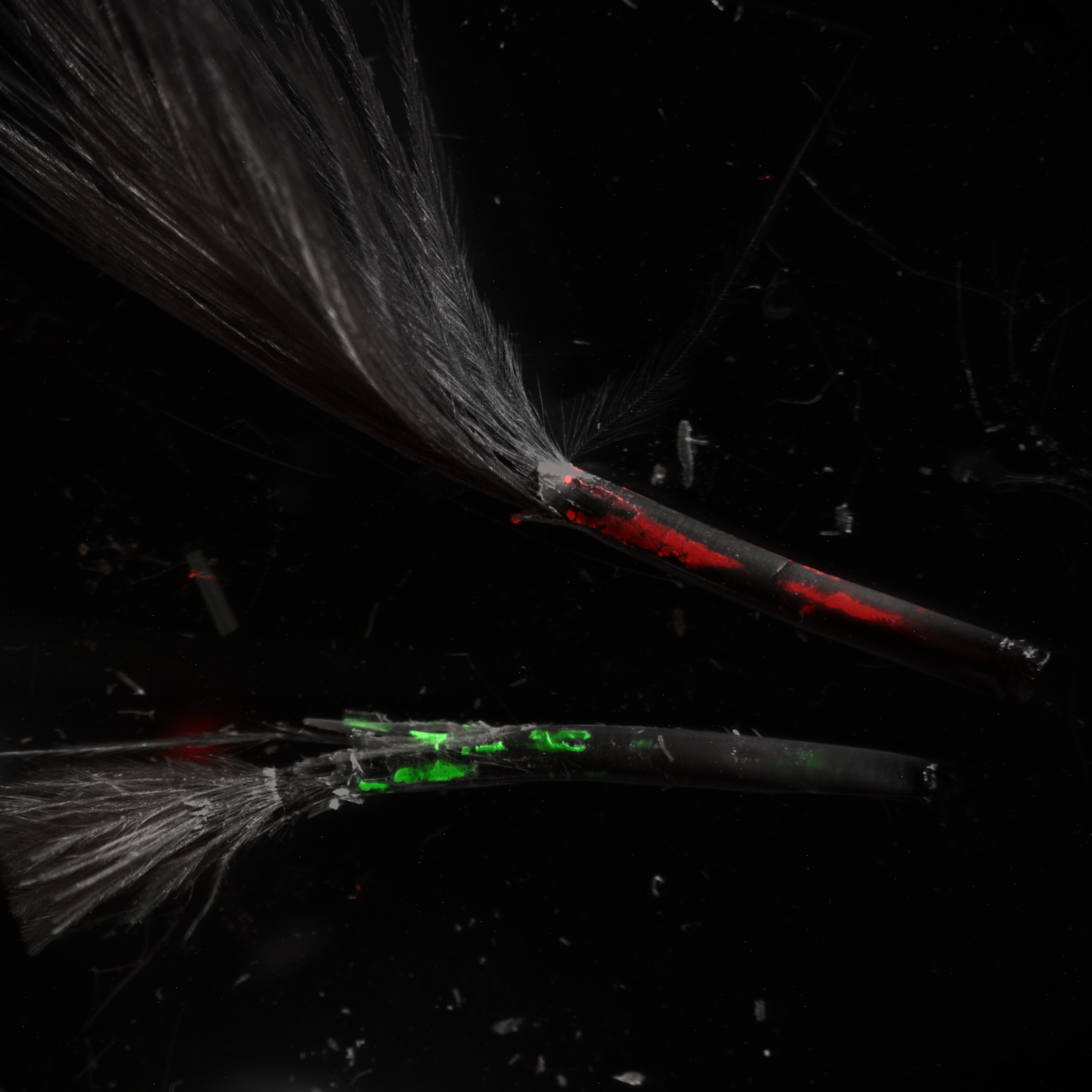Critical role of the virus-encoded microRNA-155 ortholog in the induction of Marek's disease lymphomas
Notwithstanding the well-characterised roles of a number of oncogenes in neoplastic transformation, microRNAs (miRNAs) are increasingly implicated in several human cancers. Discovery of miRNAs in several oncogenic herpesviruses such as KSHV has further highlighted the potential of virus-encoded miRNAs to contribute to their oncogenic capabilities. Nevertheless, despite the identification of several possible cancer-related genes as their targets, the direct in vivo role of virus-encoded miRNAs in neoplastic diseases such as those induced by KSHV is difficult to demonstrate in the absence of suitable models. However, excellent natural disease models of rapid-onset Marek's disease (MD) lymphomas in chickens allow examination of the oncogenic potential of virus-encoded miRNAs. Using viruses modified by reverse genetics of the infectious BAC clone of the oncogenic RB-1B strain of MDV, we show that the deletion of the six-miRNA cluster 1 from the viral genome abolished the oncogenicity of the virus. This loss of oncogenicity appeared to be primarily due to the single miRNA within the cluster, miR-M4, the ortholog of cellular miR-155, since its deletion or a 2-nucleotide mutation within its seed region was sufficient to inhibit the induction of lymphomas. The definitive role of this miR-155 ortholog in oncogenicity was further confirmed by the rescue of oncogenic phenotype by revertant viruses that expressed either the miR-M4 or the cellular homolog gga-miR-155. This is the first demonstration of the direct in vivo role of a virus-encoded miRNA in inducing tumors in a natural infection model. Furthermore, the use of viruses deleted in miRNAs as effective vaccines against virulent MDV challenge, enables the prospects of generating genetically defined attenuated vaccines.

